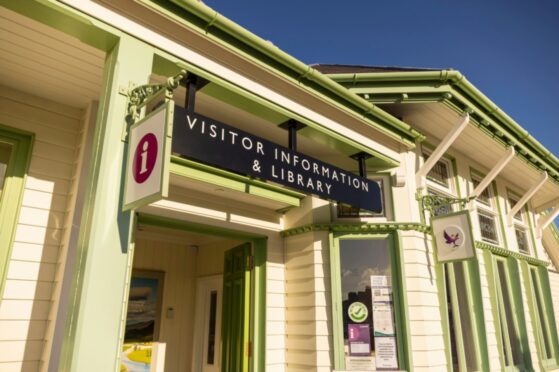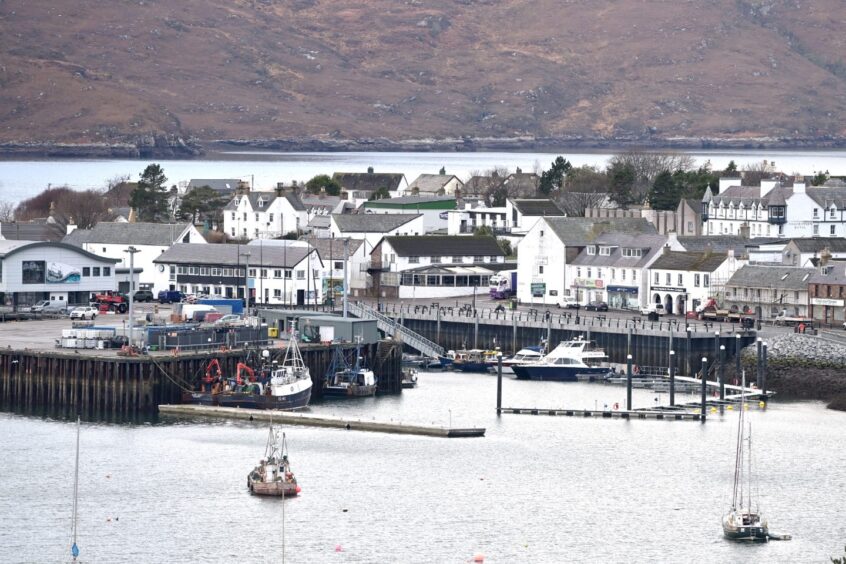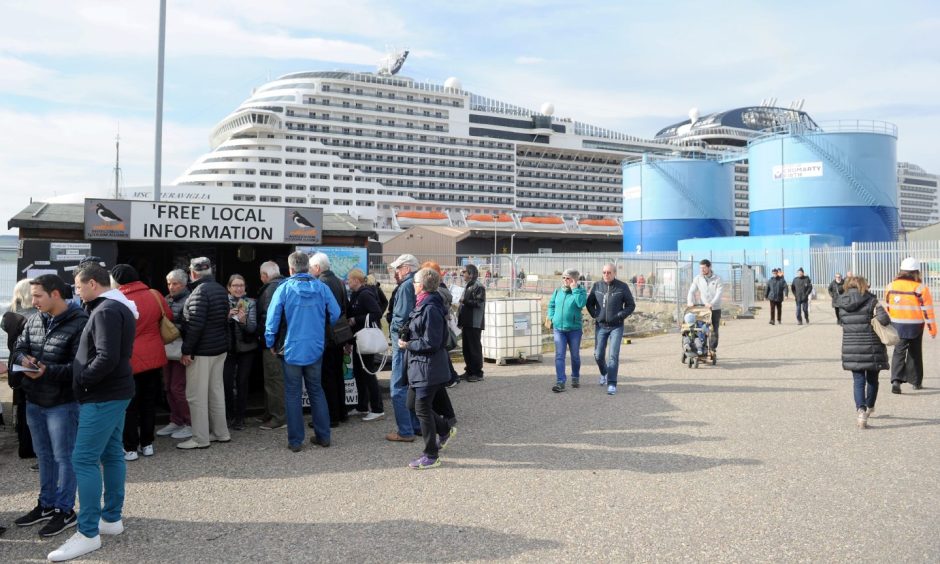VisitScotland will shut its entire network of visitor centres including at tourism hotspots in Royal Deeside, the Highlands, islands and Aberdeen over the next two years.
For decades, the easily located centres have allowed tourists to speak to local experts about attractions and places of interest.
But the agency says the people plan their trips differently now, and reported a 42% decline in footfall at the centres since 2019.
They say social media, YouTube and online travel websites are among the ways people now find and plan holiday experiences.
All VisitScotland information centres – known as iCentres – will operate as usual until the end of September as part of phased two-year closure programme.
A total of 170 staff will be affected – 120 permanent workers and 50 seasonal employees.
Affected locations include Fort William, Oban, Craignure, Portree, Ullapool, Stornoway, Inverness, Aviemore, Ballater, Kirkwall, Lerwick and Aberdeen.
It will cause another vacancy on Union Street as efforts to re-energise the area continue.
A survey of vacant properties by the Press and Journal revealed around 4.9% of units are lying empty.
Lord Thurso, VisitScotland chairman, said: “The tourism landscape has changed significantly in recent years.
“The demand for iCentres has reduced while the demand for online information and booking has continued to grow.
“In order to continue building demand and growing the value of tourism and events, it is vitally important that we target channels we know visitors use to influence them to visit Scotland.”
‘Greater impact’ providing travel info online
Lord Thurso said VisitScotland research shows it is better to advise people before they travel.
West Aberdeenshire and Kincardine MP Andrew Bowie, whose constituency takes in popular Royal Deeside, said: “Only six years after the last wave of closures, it’s obvious VisitScotland don’t see a future for this kind of physical presence.
“There is no indication about redundancies at present, but I have asked for more information and what support there will be available.
“We’ve seen Stonehaven close in recent years, and Alford before that. But we still have many excellent attractions which will be able to support each other.”
MP John Lamont, a Scotland Office minister in the UK Government, said the closures are a blow for towns.
“I’d urge the Scottish Government to consider the impact this will have on local businesses and on visitors to areas where tourism is a huge part of the local economy,” he said.
First Minister: Visitor centres ‘still have a place’
Asked about the closures by MSPs at Holyrood, First Minister Humza Yousaf echoed the reasoning provided by Visit Scotland.
He said: “I fully accept that there will be some level of concern around the announcement.
“I think there’s also, though, a recognition that the way in which we seek information when we travel to tourist destinations has changed. Most of us here will use an app or we will go online.
“That is not to say that visitor centres, information centres, don’t have a place. Among some people, they will find the use and interest of them.”



Conversation